The island nation of Sri Lanka, often referred to as the "Jewel Box of the Indian Ocean," has long been celebrated for its breathtaking gemstones. Among the many legendary figures associated with this rich heritage, one name stands out—the "Gem King of Sri Lanka." This title, though not officially bestowed, is often used to describe individuals who have made unparalleled contributions to the gemstone industry, whether through discovery, trade, or craftsmanship. The story of Sri Lanka’s gem dominance is as multifaceted as the stones it produces, woven into the cultural and economic fabric of the country.
Sri Lanka’s gemstone history dates back over 2,500 years, with ancient texts and travelers’ accounts praising the island’s abundance of rubies, sapphires, and cat’s eyes. The "Gem King" is not a single person but a symbolic figure representing generations of miners, traders, and artisans who have dedicated their lives to unearthing and refining these natural treasures. The title evokes images of opulence, expertise, and an almost mystical connection to the earth’s hidden wealth. In a land where gem mining is often a family tradition passed down through centuries, the Gem King embodies the pinnacle of this legacy.
The process of gem mining in Sri Lanka is as intricate as the gems themselves. Unlike large-scale industrial mining seen in other parts of the world, Sri Lankan gem extraction is often small-scale and labor-intensive. Miners dig pits by hand, sometimes reaching depths of over 50 feet, relying on experience and intuition to locate gem-bearing gravel layers. The Gem King, whether a seasoned miner or a savvy trader, understands the delicate balance between perseverance and luck. Many of the world’s most famous gemstones, including the 400-carat "Blue Belle of Asia" sapphire, have emerged from these unassuming pits, adding to the lore of Sri Lanka’s gem supremacy.
What sets Sri Lankan gems apart is not just their quality but their variety. The island is home to over 70 types of gemstones, from the deep blue sapphires of Ratnapura to the rare padparadscha sapphires with their delicate pink-orange hue. The Gem King’s expertise lies in recognizing the potential of rough stones, often hidden beneath layers of mud and rock. Cutting and polishing these gems requires an artistic touch, transforming raw crystals into dazzling jewels. This craftsmanship, honed over generations, is a testament to the island’s enduring gem culture.
The modern Gem King is as much a businessman as a traditionalist. With the global gemstone market becoming increasingly competitive, Sri Lankan traders must navigate international demand while preserving the authenticity of their stones. The rise of synthetic gems and treatments has posed challenges, but the Gem King’s reputation rests on the purity and natural beauty of Sri Lankan gems. Auction houses and collectors worldwide continue to prize these stones, often fetching record prices. The Gem King’s role is not just to sell but to educate, ensuring that the legacy of Sri Lanka’s gem industry remains untarnished.
Beyond commerce, the Gem King is a custodian of tradition. Many gem-mining communities in Sri Lanka are deeply spiritual, believing that the stones carry blessings or curses depending on how they are acquired. Rituals and offerings are common before mining begins, reflecting a reverence for the earth’s gifts. The Gem King, whether a devout believer or a pragmatic trader, respects these customs, understanding that the allure of Sri Lankan gems is as much about their mystique as their brilliance. This cultural dimension adds depth to the Gem King’s narrative, making it more than just a tale of wealth.
The future of Sri Lanka’s gem industry hinges on sustainability and innovation. Environmental concerns and labor issues have prompted calls for more responsible mining practices. The next generation of Gem Kings will need to balance tradition with modernity, ensuring that the island’s gem wealth benefits local communities without depleting natural resources. Initiatives like fair-trade gemstone certification and eco-friendly mining techniques are gaining traction, offering a path forward. The Gem King’s legacy, therefore, is not just about preserving the past but shaping a future where Sri Lanka’s gems continue to captivate the world.
In the end, the title of Gem King is less about individual glory and more about collective pride. It celebrates the unsung heroes—the miners who brave treacherous pits, the cutters who reveal a gem’s inner fire, and the traders who bridge Sri Lanka’s gem heritage with global markets. The Gem King is a symbol of resilience, artistry, and the timeless allure of Sri Lanka’s treasures. As long as the earth yields its hidden jewels, the legend of the Gem King will endure, shining as brightly as the stones themselves.

By Olivia Reed/Apr 28, 2025

By Emma Thompson/Apr 28, 2025

By Samuel Cooper/Apr 28, 2025
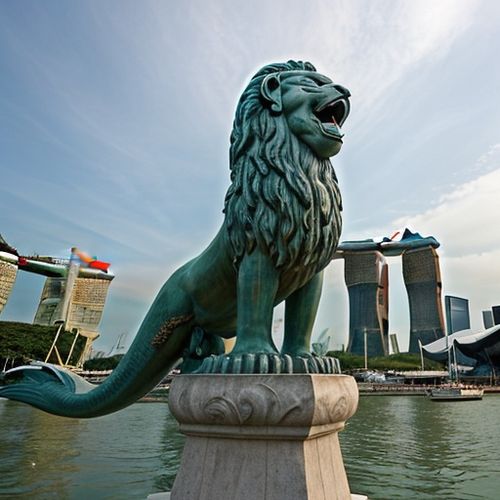
By Grace Cox/Apr 28, 2025
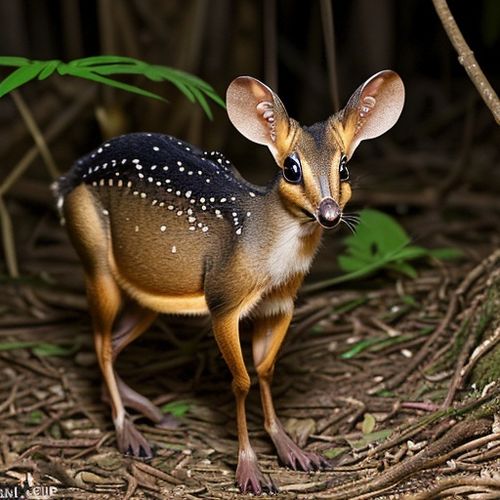
By George Bailey/Apr 28, 2025

By Rebecca Stewart/Apr 28, 2025
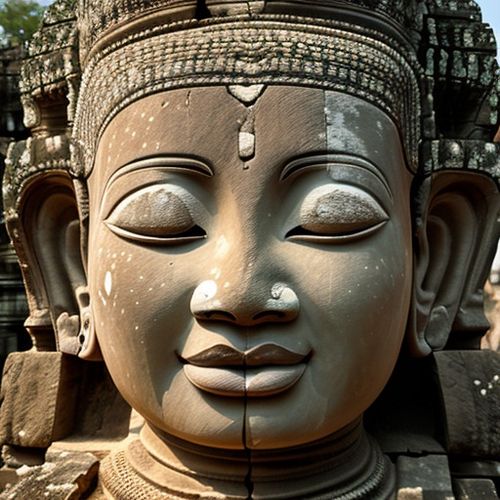
By George Bailey/Apr 28, 2025
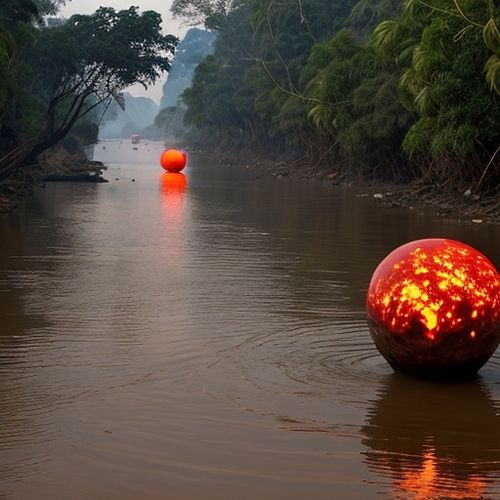
By Olivia Reed/Apr 28, 2025
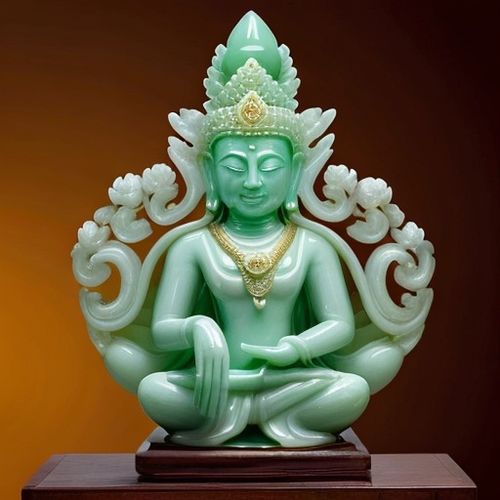
By Eric Ward/Apr 28, 2025
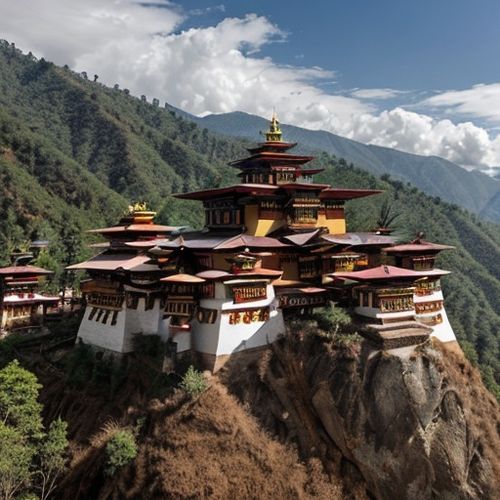
By Benjamin Evans/Apr 28, 2025

By Amanda Phillips/Apr 28, 2025
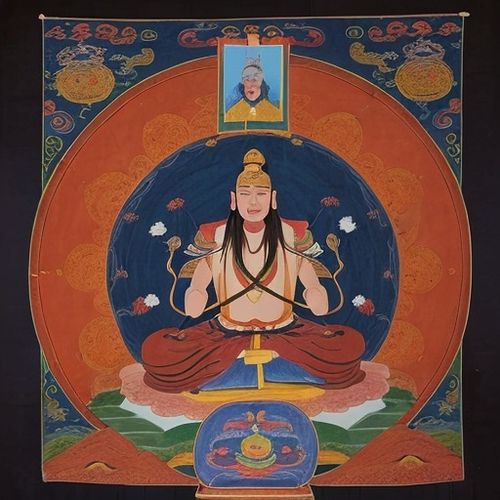
By Sophia Lewis/Apr 28, 2025
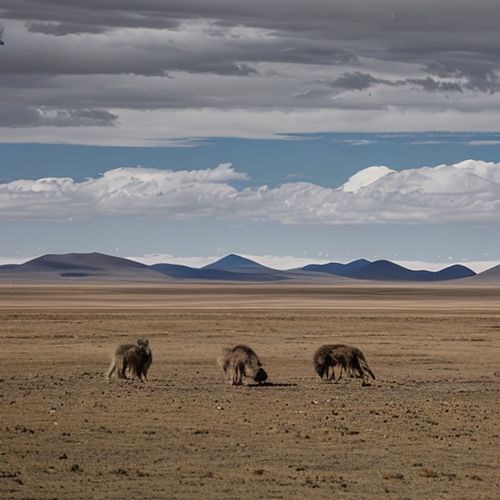
By Christopher Harris/Apr 28, 2025
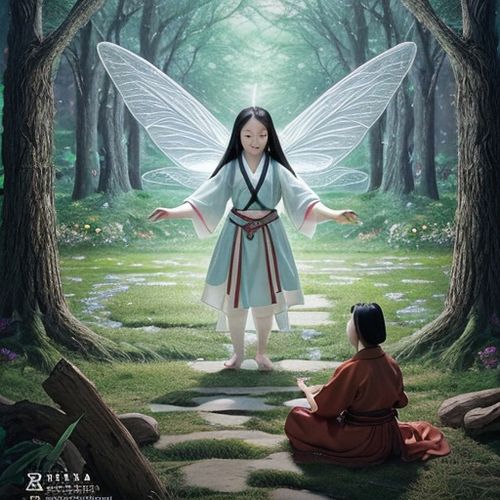
By Benjamin Evans/Apr 28, 2025
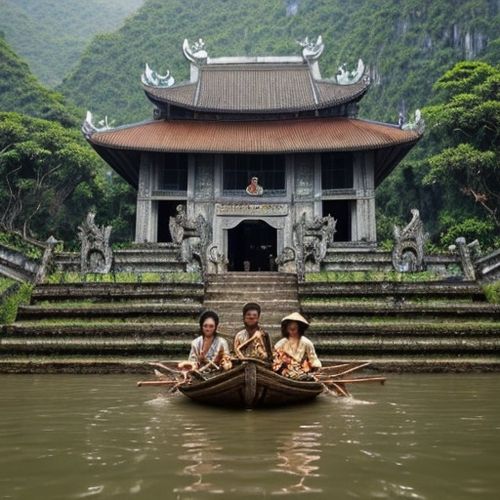
By Rebecca Stewart/Apr 28, 2025
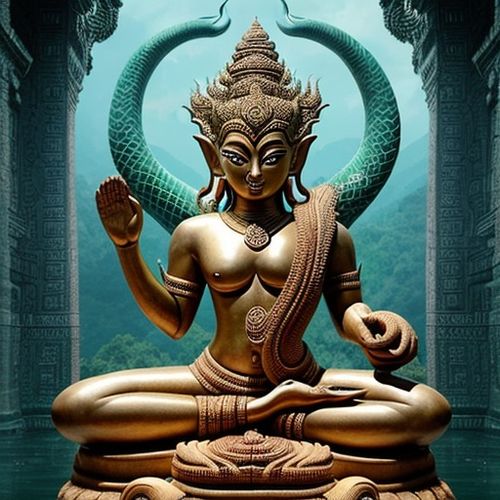
By David Anderson/Apr 28, 2025
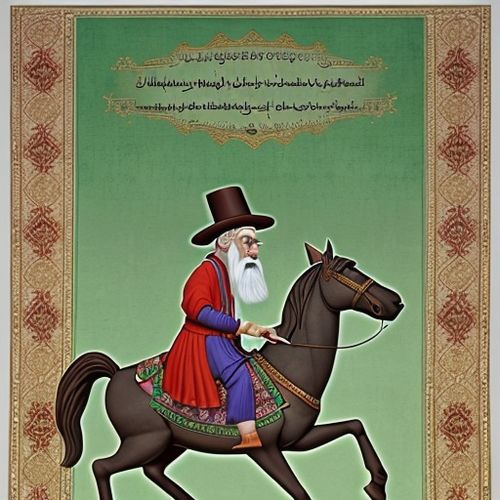
By Olivia Reed/Apr 28, 2025
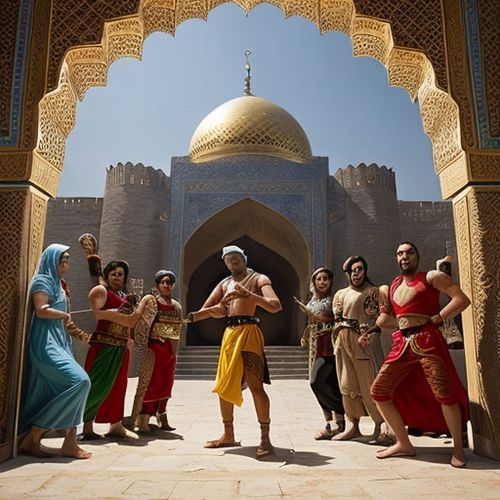
By Lily Simpson/Apr 28, 2025
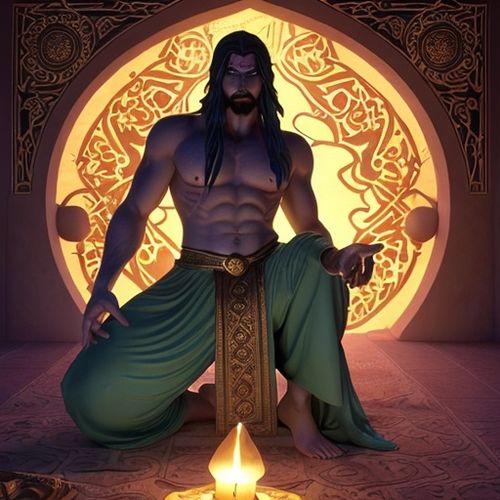
By Emma Thompson/Apr 28, 2025
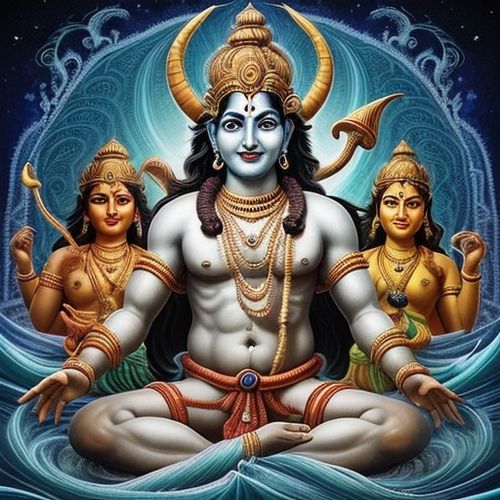
By Laura Wilson/Apr 28, 2025